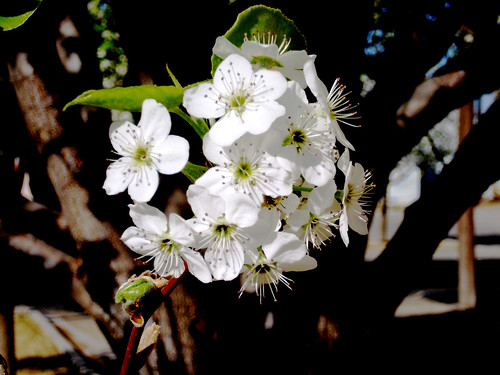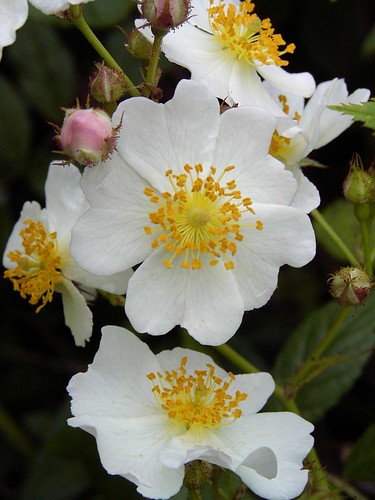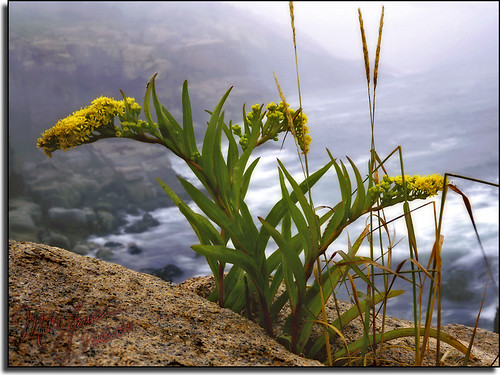
In the last post, TheGardenLady explained the problems caused by invasive plants – that is, plants that have come into the environment and take over the native plants’ environments, eventually choking out the native plants. In this post, TheGardenLady explains how invasive plants came to this country.
Some invasive species came accidentally in ship ballast, packing materials or even on people who travel around the world and return with small seeds adhereing to shoes or clothes, etc.
Some came purposefully.
Some were brought as medicine or food. Ground ivy, Glechoma hederacea, with many common names one of them being Gill over the Ground, is an invasive that was brought here by our earliest settlers. Ground ivy has a long history of use in alternative medicine and as an edible herb, dating back to the first century A.D. Ground ivy was considered to be such a miracle medicine that it is said to be one of the first herb and edible plants brought to the North American continent. Now it has become so invasive that it is the bane of most people with lawns and there is not much one can do to get rid of it other than repeatedly plowing every tiny stem of the plant until it finally gets killed. But even saying that repeated plowing will kill the ground ivy may be wishful thinking because it sends out runners and may come to our lawn from a neighbor’s.

Some were brought for horticultural use. The Callery pear was brought here from China and was used to decorate streets, parks and gardens. The thought was that the Callery pear would not fruit and was therefore sterile. They didn’t know that when the callery pear met other desirable pear species in this country, it wasn’t so sterile and started going forth and multiplying. See here.

Another plant brought in by the agriculture department was the muliflora rose. “Multiflora rose was introduced to the East Coast from Japan in 1866 as rootstock for ornamental roses. Beginning in the 1930s, the U.S. Soil Conservation Service promoted it for use in erosion control and as “living fences” to confine livestock. State conservation departments soon discovered value in multiflora rose as wildlife cover for pheasant, bobwhite, quail, and cottontail rabbit and as food for songbirds and encouraged its use by distributing rooted cuttings to landowners free of charge. More recently,
multiflora rose has been planted in highway median strips to serve as crash barriers and to reduce automobile headlight glare. Its tenacious and unstoppable growth habit was eventually recognized as a problem on pastures and unplowed lands, where it disrupted cattle grazing.” Now it is an invasive, noxious plant.

But invasive weeds go both ways. They come to the US and they go to other countries. For example, when I visited Japan, goldenrod was considered an invasive weed there. See here.

British landscapers who first saw poison ivy growing in the US thought it was a beautiful vine; the leaves turn color in the fall and it has a pretty white berry. They took it to England as an ornamental plant. I don’t know what has become of poison ivy now in England. There is recent evidence that Europe may be home to 11,000 alien species.
China has a list of invasive species. See here.
Alien invasive species are spreading around the world. What may be native plants in one country may become invasive in another.

That is awesome-poison ivy as an ornamental plant! How completely funny. I have poison ivy right now. Great blog!
Thanks,
GartenGrl at Planning Plants to Plant